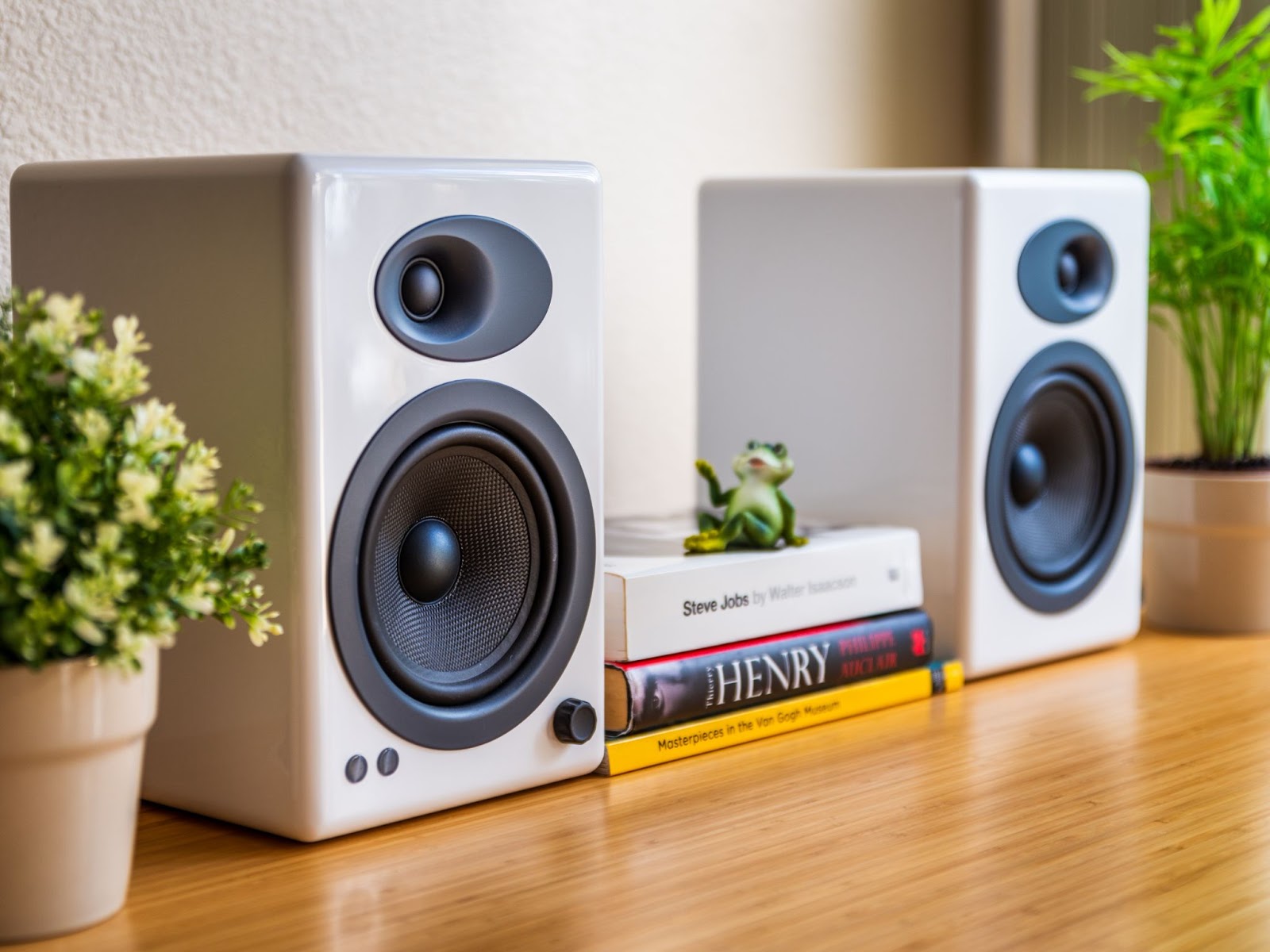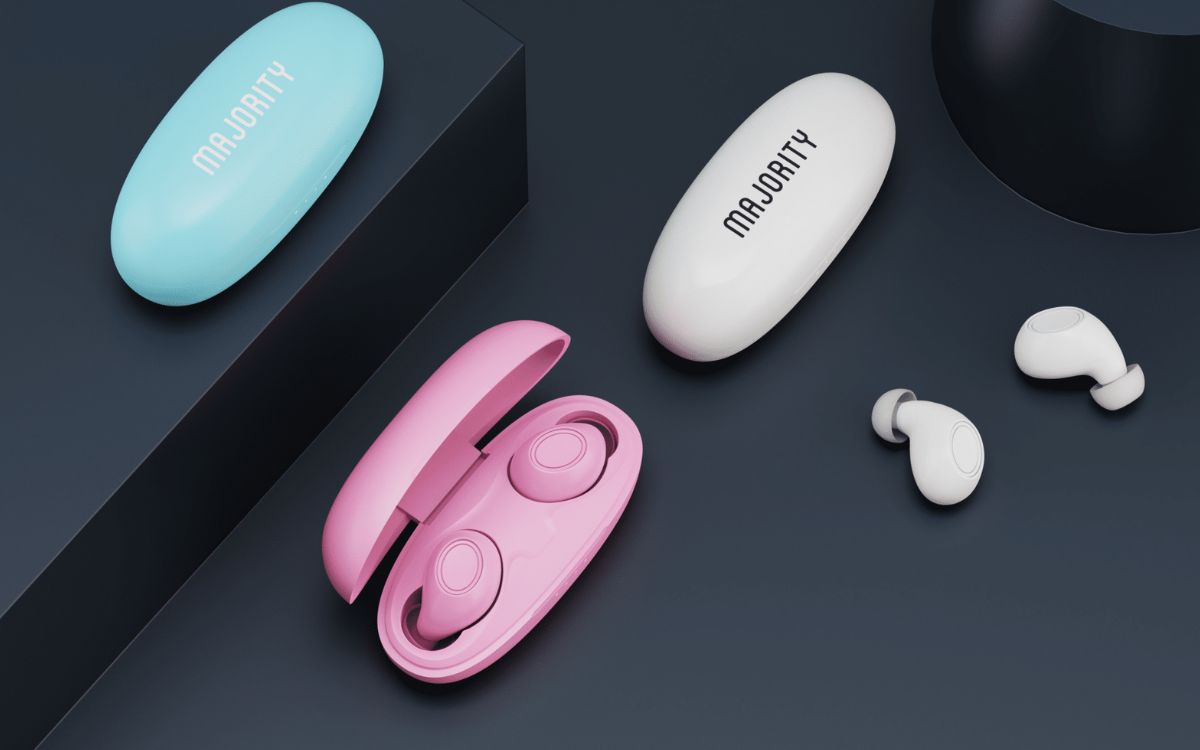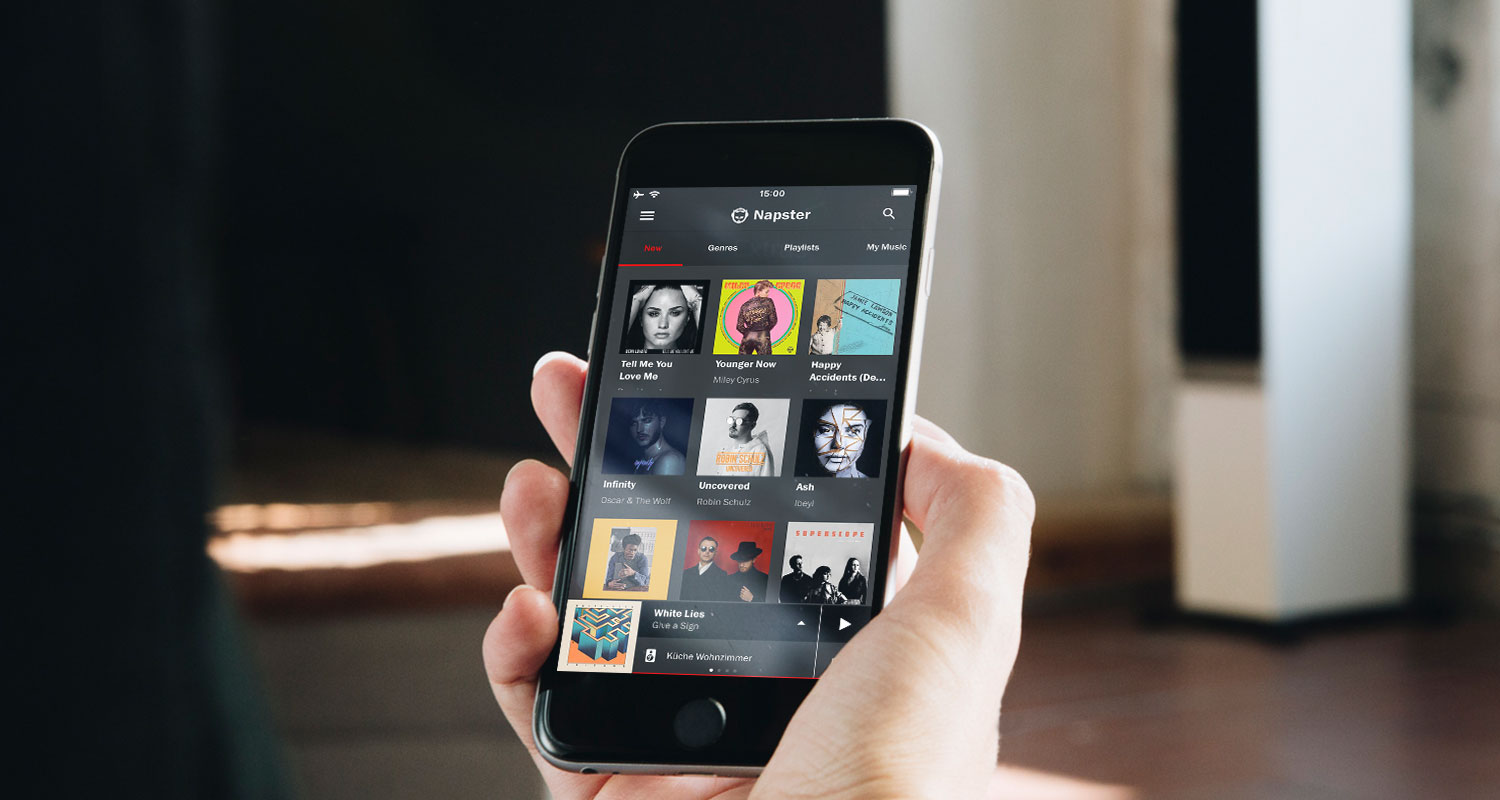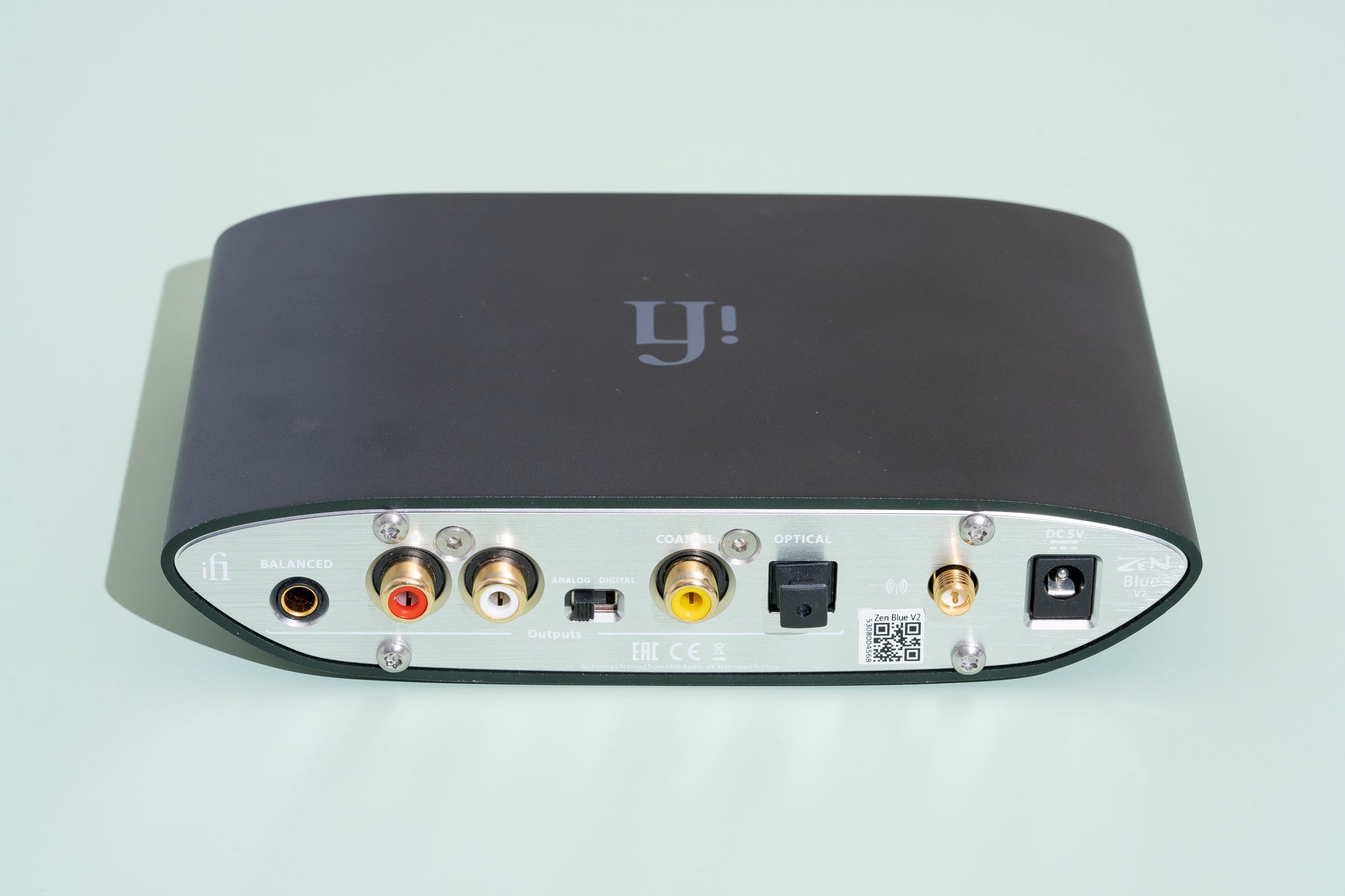Home>Production & Technology>Stereo>What Does Stereo Bluetooth Mean


Stereo
What Does Stereo Bluetooth Mean
Modified: January 22, 2024
Learn what stereo Bluetooth means and how it enhances your audio experience. Discover the convenience of wireless stereo connectivity with our comprehensive guide on stereo Bluetooth technology.
(Many of the links in this article redirect to a specific reviewed product. Your purchase of these products through affiliate links helps to generate commission for AudioLover.com, at no extra cost. Learn more)
Table of Contents
Introduction
Welcome to the world of stereo sound, where music comes alive with richness, depth, and clarity. If you’re a music enthusiast, chances are you’ve heard of stereo Bluetooth. But what exactly does it mean? In this article, we will explore the ins and outs of stereo Bluetooth, its functionality, and its advantages.
Stereo Bluetooth, often referred to as A2DP (Advanced Audio Distribution Profile), is a wireless technology that allows audio to be transmitted from a source device to a pair of stereo headphones or speakers. It revolutionizes the way we listen to music, providing the freedom to enjoy high-quality sound without the hassle of tangled cables.
Gone are the days when you had to plug in your headphones or connect your speakers to your device using a wired connection. With stereo Bluetooth, you can now experience immersive audio and move around freely, untethered from your device.
So how does stereo Bluetooth work? Let’s delve deeper into the intricacies of this technology.
Definition of Stereo Bluetooth
Stereo Bluetooth refers to the capability of transmitting high-quality audio wirelessly from a source device to a pair of stereo headphones or speakers. It is an advanced technology known as the Advanced Audio Distribution Profile (A2DP) and is commonly used in mobile devices, such as smartphones, tablets, and laptops.
With stereo Bluetooth, audio data is compressed and transmitted wirelessly over Bluetooth technology to compatible receiving devices. This allows users to enjoy their favorite music, podcasts, and other audio content with the convenience and freedom of wireless connectivity.
The term “stereo” in stereo Bluetooth refers to the reproduction of sound through two separate audio channels, creating a sense of depth and spatial awareness. This provides a more immersive listening experience compared to traditional mono sound.
Stereo Bluetooth devices typically consist of a source device, such as a smartphone or tablet, and a pair of stereo headphones or speakers. The source device acts as the transmitter, sending the audio data wirelessly to the receiving device. The receiving device, equipped with stereo Bluetooth capability, decodes the transmitted data and converts it into high-quality audio that can be heard through the headphones or speakers.
It is important to note that stereo Bluetooth is not limited to just headphones and speakers. It can also be used with other audio output devices, such as car audio systems, home theater systems, and soundbars, as long as they are equipped with stereo Bluetooth functionality.
Now that we understand the definition of stereo Bluetooth, let’s explore how this technology works in practice.
How Stereo Bluetooth Works
Stereo Bluetooth operates using the Advanced Audio Distribution Profile (A2DP), which allows for the wireless streaming of audio data from a source device to a receiving device in stereo format. Here’s a breakdown of how stereo Bluetooth works:
- Pairing: The first step in using stereo Bluetooth is to pair the source device (e.g., smartphone, tablet) with the receiving device (e.g., headphones, speakers). This is typically done through the Bluetooth settings on the source device. Once paired, the two devices establish a secure wireless connection.
- Compression and Encoding: Before the audio data is transmitted, it undergoes compression and encoding. This process reduces the size of the audio file without significantly affecting its quality. The most commonly used audio codec for stereo Bluetooth is SBC (Subband Coding), but other codecs like AAC (Advanced Audio Coding) and aptX are also supported by some devices.
- Transmission: The compressed and encoded audio data is then transmitted wirelessly from the source device to the receiving device via Bluetooth. The data is divided into packets and sent in a continuous stream. The Bluetooth radio frequency ensures a stable and reliable connection between the two devices.
- Decoding and Playback: Upon receiving the audio data, the receiving device decodes it using the same codec used for compression. This process converts the digital data back into an analog audio signal that can be played through the headphones or speakers. The result is high-quality stereo sound that faithfully reproduces the original audio source.
It’s worth mentioning that stereo Bluetooth also supports additional features such as playback controls (play, pause, skip), volume adjustment, and even microphone input for hands-free calling. These features are made possible through the use of different Bluetooth profiles that work in conjunction with the A2DP profile.
With its seamless operation and reliable performance, stereo Bluetooth has become a popular choice among music lovers and audio enthusiasts. Now, let’s explore the advantages that stereo Bluetooth brings to the table.
Advantages of Stereo Bluetooth
Stereo Bluetooth offers several advantages that make it a preferred choice for wireless audio streaming. Here are some of the key benefits of using stereo Bluetooth:
- Wireless Convenience: Perhaps the most significant advantage of stereo Bluetooth is the freedom from tangled cables. With Bluetooth technology, users can enjoy their favorite music or audio content without being tethered to their devices. This allows for greater mobility and flexibility, whether you’re listening to music while working out, commuting, or simply relaxing at home.
- High-Quality Audio: The development of advanced audio codecs, such as SBC, AAC, and aptX, ensures that stereo Bluetooth delivers impressive sound quality. While the audio data is compressed to reduce file size, modern codecs retain the integrity of the original sound, providing a rich and immersive listening experience.
- Wide Range of Devices: Stereo Bluetooth is supported by a wide range of devices, including smartphones, tablets, laptops, and audio accessories like headphones, speakers, and car audio systems. This compatibility makes it easy to connect and enjoy wireless audio across multiple devices, regardless of the brand or manufacturer.
- Easy Setup and Pairing: Pairing stereo Bluetooth devices is a straightforward process. Most devices have a user-friendly interface that guides you through the pairing process, making it accessible even to those who are not tech-savvy. Once paired, the devices will automatically connect when they are in range, providing a seamless and hassle-free experience.
- Versatile Applications: Stereo Bluetooth is not limited to music playback. It can be used for a variety of applications, such as watching videos, playing games, and even conducting hands-free phone calls. The ability to transmit both audio and microphone input makes stereo Bluetooth a versatile solution for all your audio needs.
These advantages have contributed to the widespread adoption of stereo Bluetooth as a popular wireless audio technology. However, it’s important to be aware of the compatibility and limitations of stereo Bluetooth, which we will discuss in the next section.
Compatibility and Limitations of Stereo Bluetooth
While stereo Bluetooth offers many advantages, it’s also important to consider its compatibility and limitations. Here are some key points to keep in mind:
Compatibility:
Stereo Bluetooth is widely supported across various devices and brands that implement the Bluetooth technology standard. Most modern smartphones, tablets, laptops, and audio accessories come with built-in Bluetooth capability, making it easy to connect and enjoy wireless audio. However, it’s essential to ensure that both the source device and the receiving device support stereo Bluetooth (A2DP) to ensure compatibility.
It’s also worth noting that different versions of Bluetooth (e.g., Bluetooth 4.0, Bluetooth 5.0) may offer additional features and enhancements, so it’s beneficial to have devices with compatible Bluetooth versions for optimal performance.
Limitations:
While stereo Bluetooth has proven to be a convenient and reliable technology, it does have some limitations to be aware of:
- Audio Quality: Stereo Bluetooth relies on audio compression to transmit data wirelessly. Although modern audio codecs deliver impressive sound quality, some audiophiles may still prefer the uncompressed quality of wired connections, such as using a headphone jack or an audio cable.
- Range: The effective range of stereo Bluetooth is typically around 30 feet (10 meters) but can be affected by obstacles such as walls or interference from other wireless devices. Moving too far away from the source device may result in audio signal dropouts or degraded quality.
- Battery Life: Using stereo Bluetooth can consume additional power from both the source device and the receiving device. This means that you may need to keep an eye on battery levels, especially when using Bluetooth for extended periods. However, advances in Bluetooth technology have improved power efficiency, minimizing the impact on battery life.
- Compatibility Issues: While stereo Bluetooth is generally compatible with most devices, there can be compatibility issues between different brands or models. It’s always a good idea to check the compatibility specifications or consult the user manual before investing in a new pair of headphones or speakers.
Despite these limitations, stereo Bluetooth remains a popular choice for wireless audio streaming due to its convenience and ease of use. Now, let’s summarize what we’ve learned about stereo Bluetooth.
Conclusion
Stereo Bluetooth has revolutionized the way we listen to music and enjoy audio content. With its wireless convenience, high-quality audio, and versatile compatibility, it offers numerous advantages for users seeking a cable-free audio experience.
By utilizing the Advanced Audio Distribution Profile (A2DP) and advanced audio codecs, stereo Bluetooth provides a seamless audio streaming experience. It allows users to enjoy immersive stereo sound with the freedom to move around without the hassle of tangled cables.
While stereo Bluetooth has its limitations in terms of audio quality, range, and compatibility, it remains a popular choice for individuals who value convenience and simplicity in their audio setup. These limitations can be mitigated and overcome by choosing compatible devices, understanding the technology’s capabilities, and being mindful of battery consumption.
Whether you’re using stereo Bluetooth to listen to music, watch videos, or make hands-free calls, it offers a versatile and reliable solution for wireless audio transmission.
In conclusion, stereo Bluetooth has become an integral part of our daily lives, providing a seamless and enjoyable audio experience. Its ability to eliminate wires, deliver high-quality sound, and support a wide range of devices makes it a popular choice for music lovers and audio enthusiasts alike.
So, if you’re looking to untether yourself from your devices and experience the freedom of wireless audio, stereo Bluetooth is the way to go.











